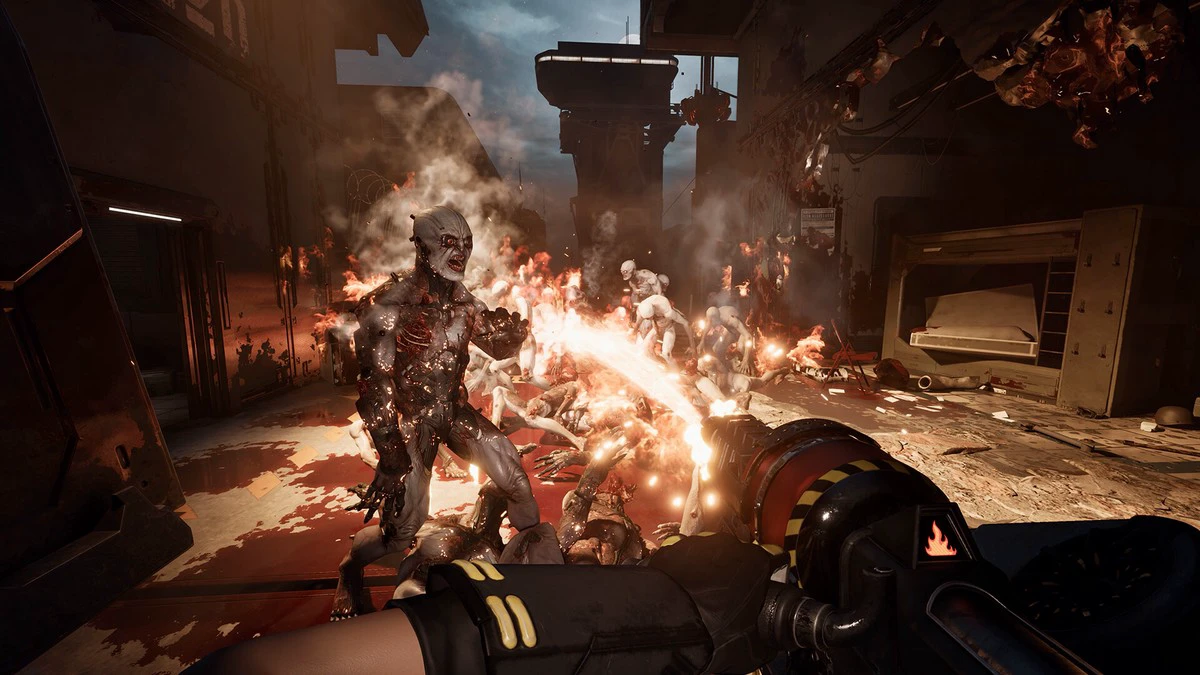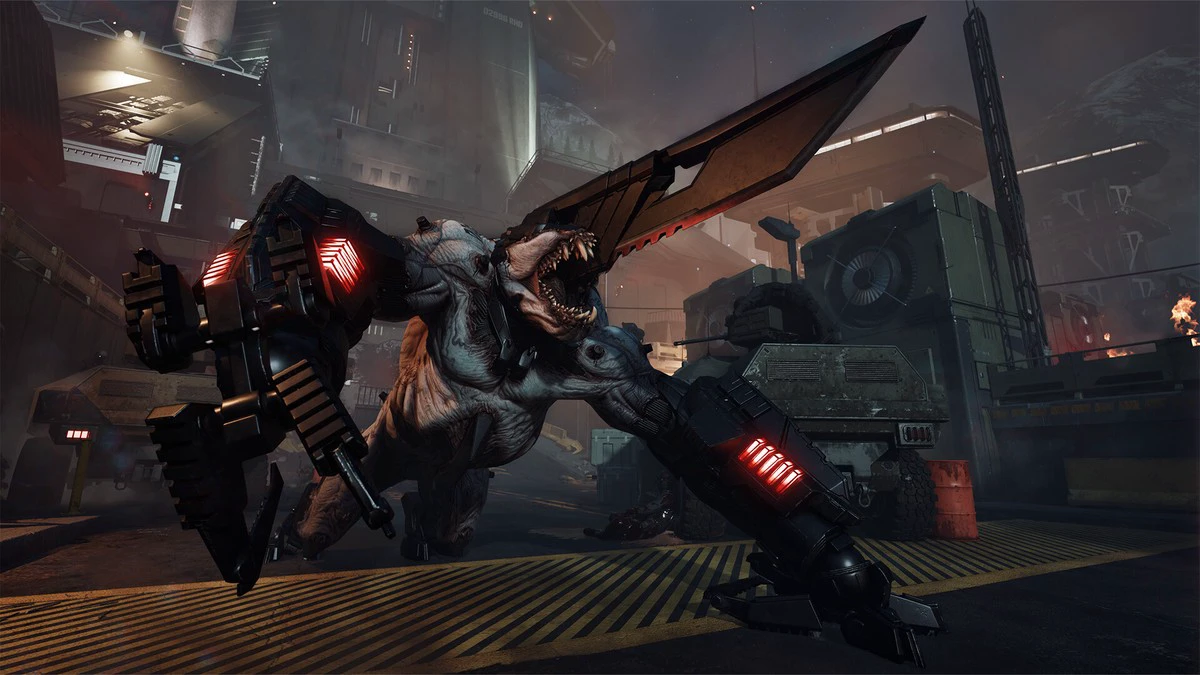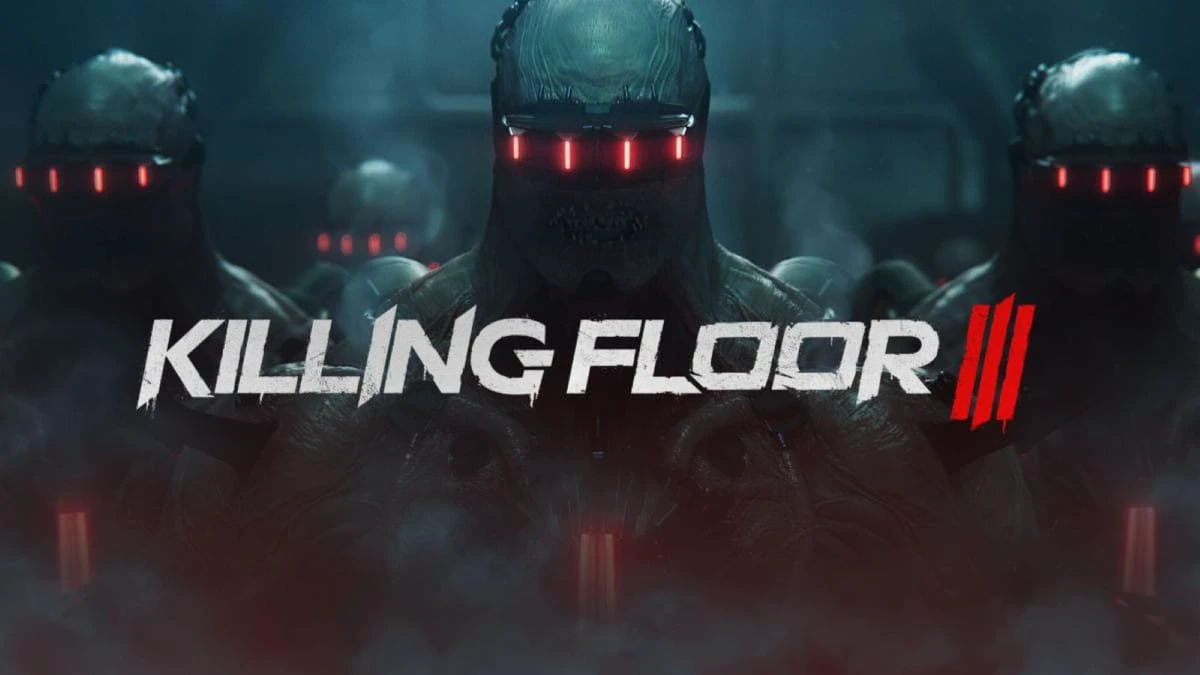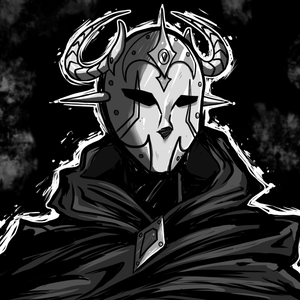Performance Issues That Kill Faster than Zeds
Killing Floor 3 has taught a valuable lesson about patience: sometimes waiting nine years for a sequel just means the developers had more time to develop issues. What should have been a simple return to form for Tripwire Interactive's co-op shooter instead becomes a masterclass in how performance issues can murder even the most promising gameplay.
Performance issues plague Killing Floor 3 throughout the experience. Running on an RTX 3070 and Ryzen 7 5800X, I experienced frequent frame rate drops that would occasionally hit single digits during combat. The widespread nature of these problems becomes clear when you see the game's Steam player count struggling to reach 1,000 players on a good day.
Thankfully, the game includes cross-platform play, which saved matchmaking from being a complete disaster. Despite the terrible PC player count, finding a full six-player group was manageable thanks to console players keeping the servers populated.
Building Your Monster-Killing Machine
The specialist system offers six distinct classes, each with focused roles like Luna's sharpshooter precision or Nakata's melee combat. I gravitated toward Obi, the medic, since I prefer supportive roles. His weapons can heal teammates as a secondary function, and even his grenades heal allies while poisoning enemies with toxic fumes. When another player picks medic, I switch to Devlin, the firebug; there's undeniable pleasure in upgrading the flamethrower and watching enemies' skin melt away.
The specialists begin with basic abilities, but as you level up, the skill trees open customization options. This means you can customize them so you can focus heavily on your specific playstyle. With Devlin, I focused on skills that increased flame spread and damage. With Obi, I upgraded faster healing and quicker revive speeds to keep teammates in the fight.
The weapon design was my favorite aspect of the specialist system. Each class's weapons actually match their role. Obi's weapons feature secondary healing functions alongside their primary damage, while Devlin's gear centers around fire-based destruction, from flamethrowers to explosive rounds that leave area-of-effect damage. However, the selection feels limited with only four main weapons, one secondary, and a grenade per specialist. You can modify your weapons, which does add some variety, but each modification slot only provides two upgrade paths.
This limited approach becomes a recurring issue throughout Killing Floor 3. The game consistently presents solid foundations, the weapon modification system, the specialist roles, and the core combat but stops short of fully developing these ideas. More modification options, varied grenade types, or additional secondary weapons would have raised the system from functional to exciting.
A Monstrous Future
The game offers several maps to choose from, with certain ones advancing the series' overarching narrative. The story unfolds through audio logs and radio chatter scattered across missions, revealing that the megacorp Horzine engineered these creatures as bioweapons. While the cyberpunk corporate dystopia setup has potential, the delivery method lacks any narrative impact. Important plot details get lost amid gunfire and team communication, making it nearly impossible to follow the story threads or develop investment in what is being told.

The game is set in the year 2091, a cyberpunk future populated by zombie-robotic creatures that scurry around menacingly. There are quite a few different enemy types: simple everyday Zeds, bloated ones that spew nasty green goop, and massive brutes that use either long-range or large melee weapons to toss you around. The final wave pits you against one of three different bosses.
Out of the three bosses, only the Impaler presents a real challenge that requires teamwork to overcome. The other two bosses are disappointingly easy, with fights lasting only a few minutes compared to the Impaler's genuinely intense life-or-death encounters. Compared to the Impaler's tougher design, the other two bosses lack the durability to create intense fights, falling quickly to focused team fire.

Future Outlook
I wouldn't say the game itself was terrible, but it had many issues you wouldn't expect from an experienced studio on its third game in a series, particularly the performance problems. Tripwire Interactive has released a roadmap outlining their plans for Killing Floor 3's future development, and it shows promise. The main focus appears to be performance improvements, along with free content updates that will introduce new specialists.
When things ran smoothly and I had a full group with me, I genuinely had a fun time playing. Despite the performance issues and lack of content, Killing Floor 3 shows great promise with the roadmap ahead, but as it stands now, this is a game that could have been great but settles for merely good
Killing Floor 3 sits in an awkward position: a game with solid fundamentals undermined by technical shortcomings and limited content at launch. The specialist system and weapon customization show some promise, but performance issues make it hard to want to recommend this right now. If Tripwire follows through on their roadmap promises, this could become the co-op shooter fans have been waiting for. For now, some may want to wait for future updates to come out before they decide to pick this up.
Disclosure: We received a free review copy of this game.


